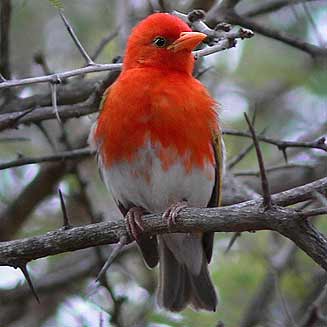
Anaplectes rubriceps
SUBFAMILY
Ploceinae
TAXONOMY
Ploceus (Hyphantornis) rubriceps Sundevall, 1850, Upper Caffraria,
near the Tropic = Mohapoani, Rustenburg district,
South Africa.
brown wings, curved black tail. Bill steel blue. Female and subadult
birds, upperparts dark brown with paler edges to feathers,
underparts buffy. Bill brown. Non-breeding adult male like female,
but bill dark bluish.
DISTRIBUTION
Central Kenya and northern Tanzania.
HABITAT
Highland grasslands, above 4,900 ft (1,500 m).
BEHAVIOR
Gregarious, in flocks when feeding, gathering in communal
roosts at night. Breeding areas traditional, and same sites used
in successive years.
FEEDING ECOLOGY AND DIET
Mainly grass seeds, also some insects such as winged termites.
REPRODUCTIVE BIOLOGY
Polygynous, with a lek mating system. Male displays at dancing
ring, a circle of flattened grass about 24 in (60 cm) in diameter,
surrounding a central tuft. Facing tuft, male jumps to various
heights, up to 1 yd (1 m) into the air while calling. If female
lands in ring, courtship and mating may follow. Female builds
nest, a ball of woven grass with side entrance, close to the
ground in a grass tuft. Nesting area usually about 330 yd (300
m) from lek. Lays two to four eggs, usually after main rains.
Incubation 12–13 days, fledging 17 days. Female alone incubates,
and feeds young on regurgitated grass seeds, not insects.
CONSERVATION STATUS
Vulnerable because of limited range, dependence on grasslands
which are being altered by agricultural activity.
SIGNIFICANCE TO HUMANS
Flocks may damage grain crops of subsistence farmers.
Other popular Animals
Photo Gallery of - Red-headed weaver
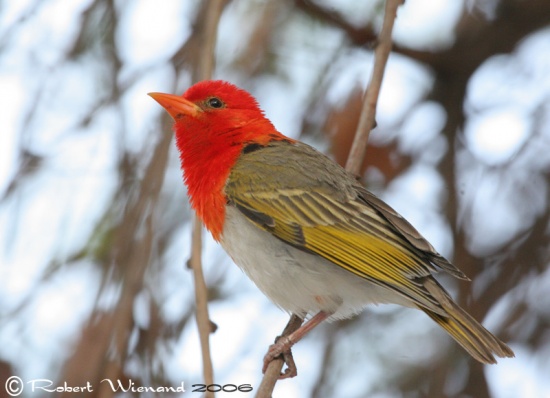
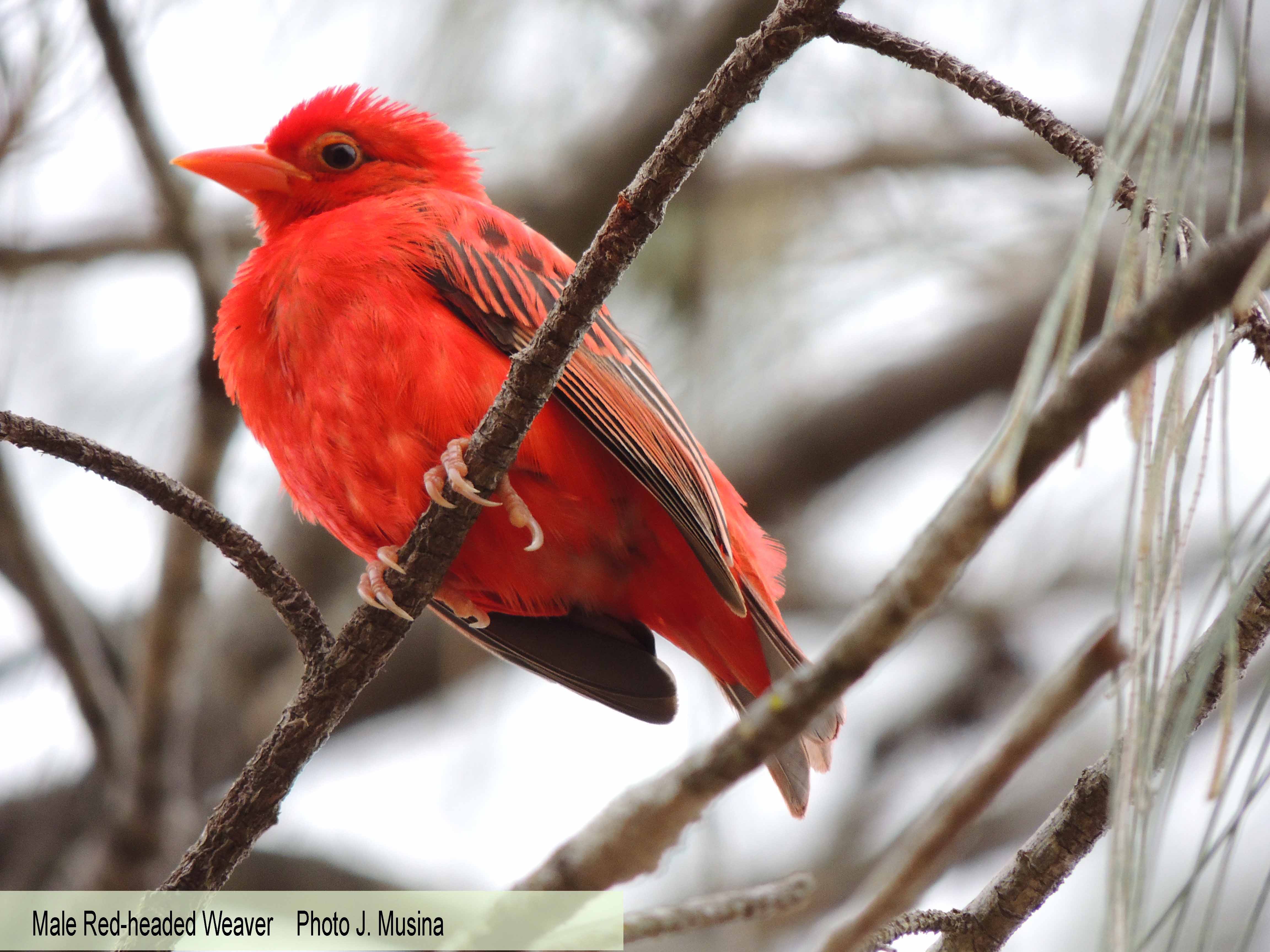
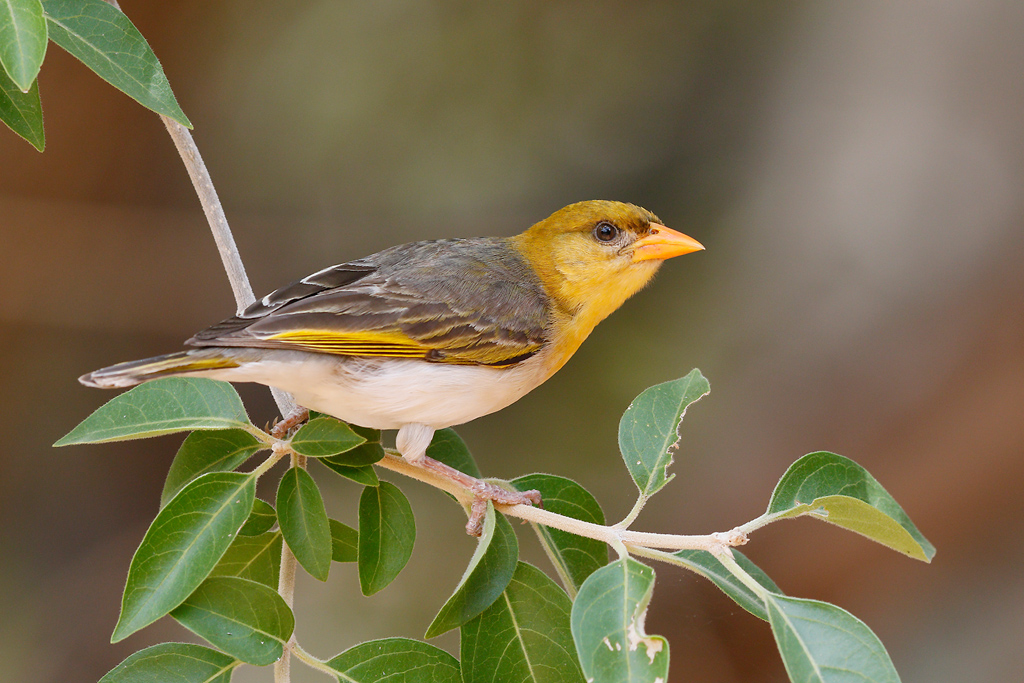
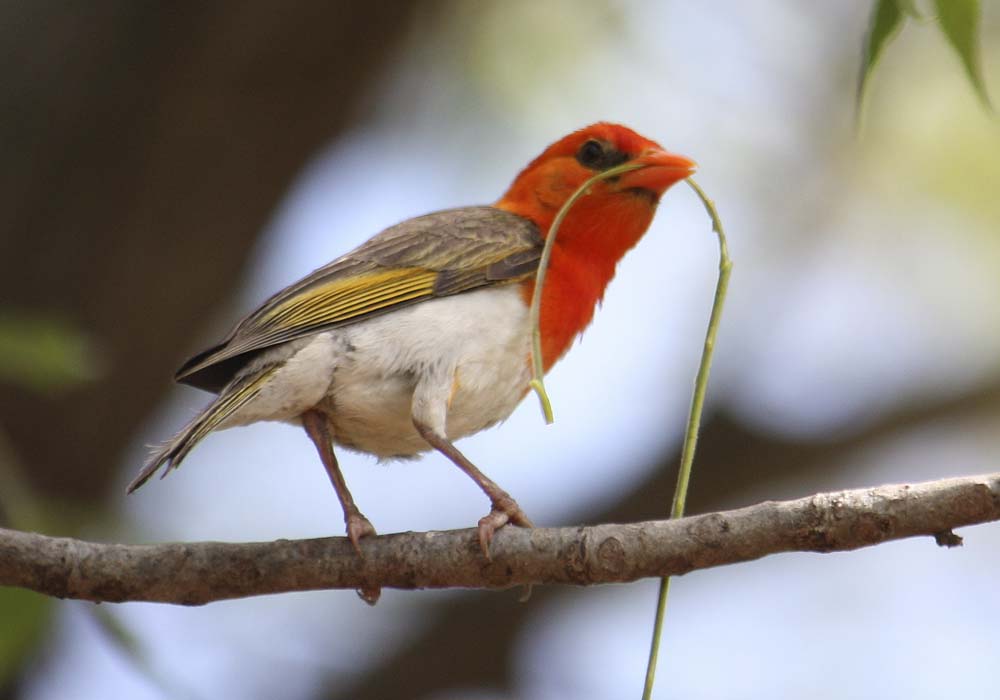
 Animalia Life
Animalia Life